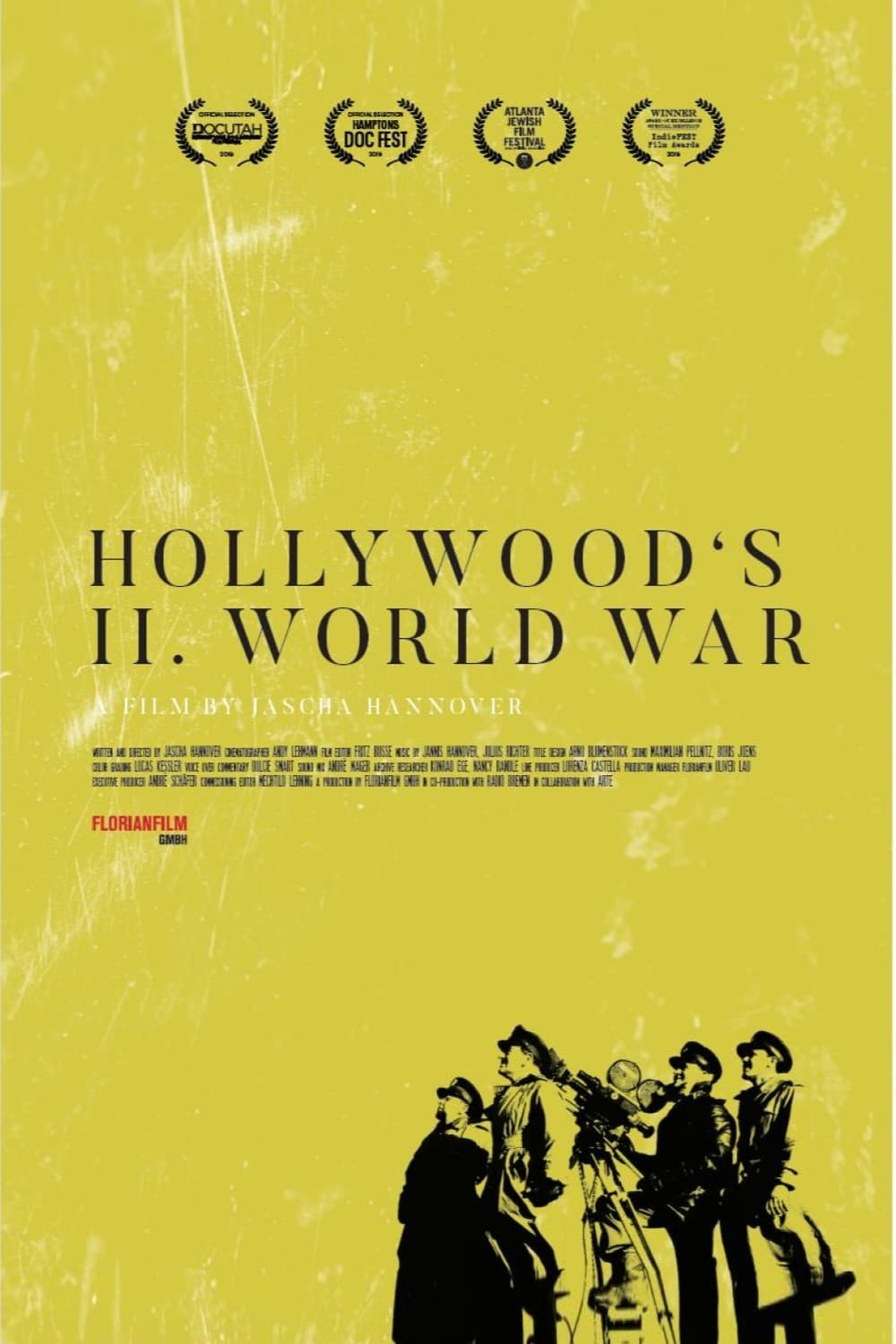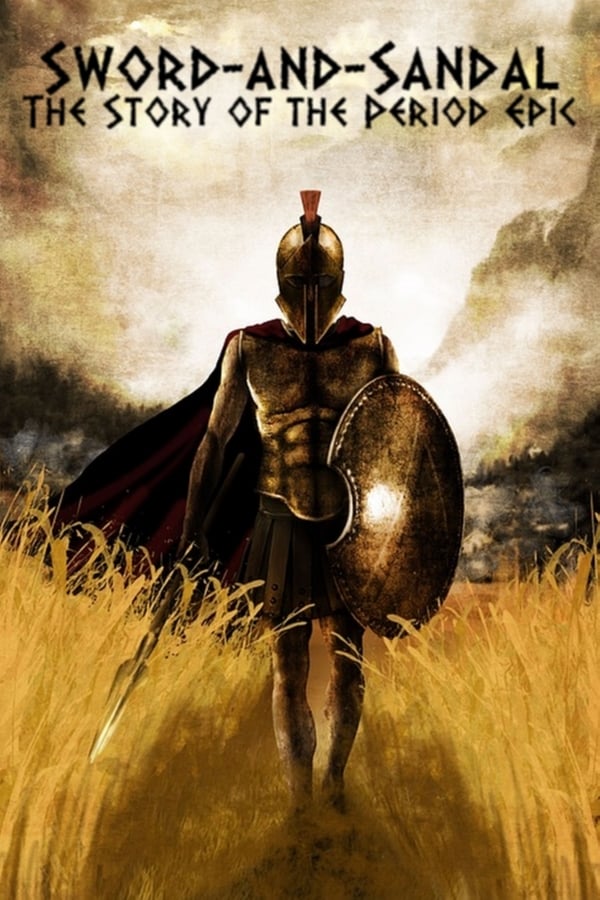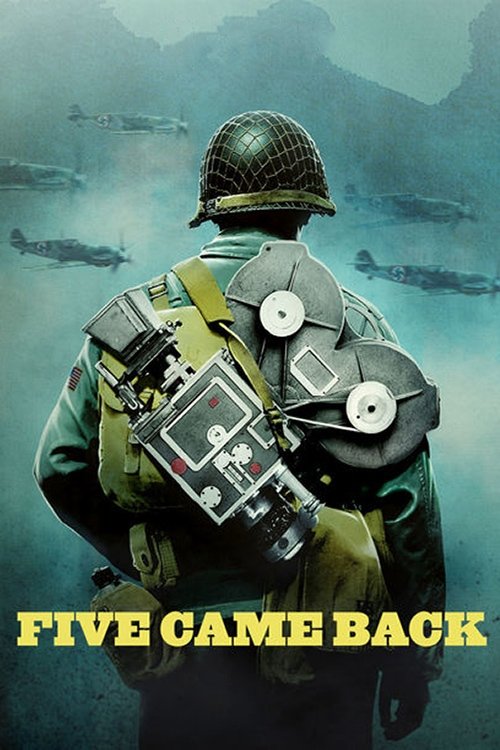

For the USA, World War 2 was an all-out war - to mobilize the masses, the US government launched a huge propaganda campaign and cinema, the medium of the masses, was quite simply their most important weapon. Government authorities monitored the production of feature films and the military itself produced documentaries aimed at rallying the American people to support the troops. This film tells the story of four Hollywood directors of European origin, who returned to the "Old World" during the Second World War to make propaganda documentaries for the US Army at the front: William Wyler from Alsace, Frank Capra from Italy, Anatole Litvak from Ukraine and - in post-war Germany - Billy Wilder from Austria.

The history of the peplum genre, known as sword-and-sandal cinema, set in Antiquity, from the silent film era to the present day.

A meditation on youth, war and stunning bravery, featuring footage, taken from the National Archives, from the documentary filmed in 1943 by legendary Hollywood director William Wyler about the famous Memphis Belle flying fortress and the gripping narration from some of the last surviving B-17 pilots.

The extraordinary story of how Hollywood changed World War II – and how World War II changed Hollywood, through the interwoven experiences of five legendary filmmakers who went to war to serve their country and bring the truth to the American people: John Ford, William Wyler, John Huston, Frank Capra, and George Stevens. Based on Mark Harris’ best-selling book, “Five Came Back: A Story of Hollywood and the Second World War.”
William Wyler (July 1, 1902 – July 27, 1981) was a German-born film director, producer, and screenwriter. Notable works include Ben-Hur (1959), The Best Years of Our Lives (1946), and Mrs. Miniver (1942), all which won Wyler Academy Awards for Best Director, and also won Best Picture. He earned his first Oscar nomination for directing Dodsworth in 1936, sparking a 20-year run of almost unbroken greatness. Film historian Ian Freer calls Wyler a "bona fide perfectionist," whose penchant for retakes and an attempt to hone every last nuance "became the stuff of legend." His ability to direct a string of classic literary adaptations into huge box office and critical successes made him one of Hollywood's most bankable moviemakers during the 1930s and 1940s.
By browsing this website, you accept our cookies policy.